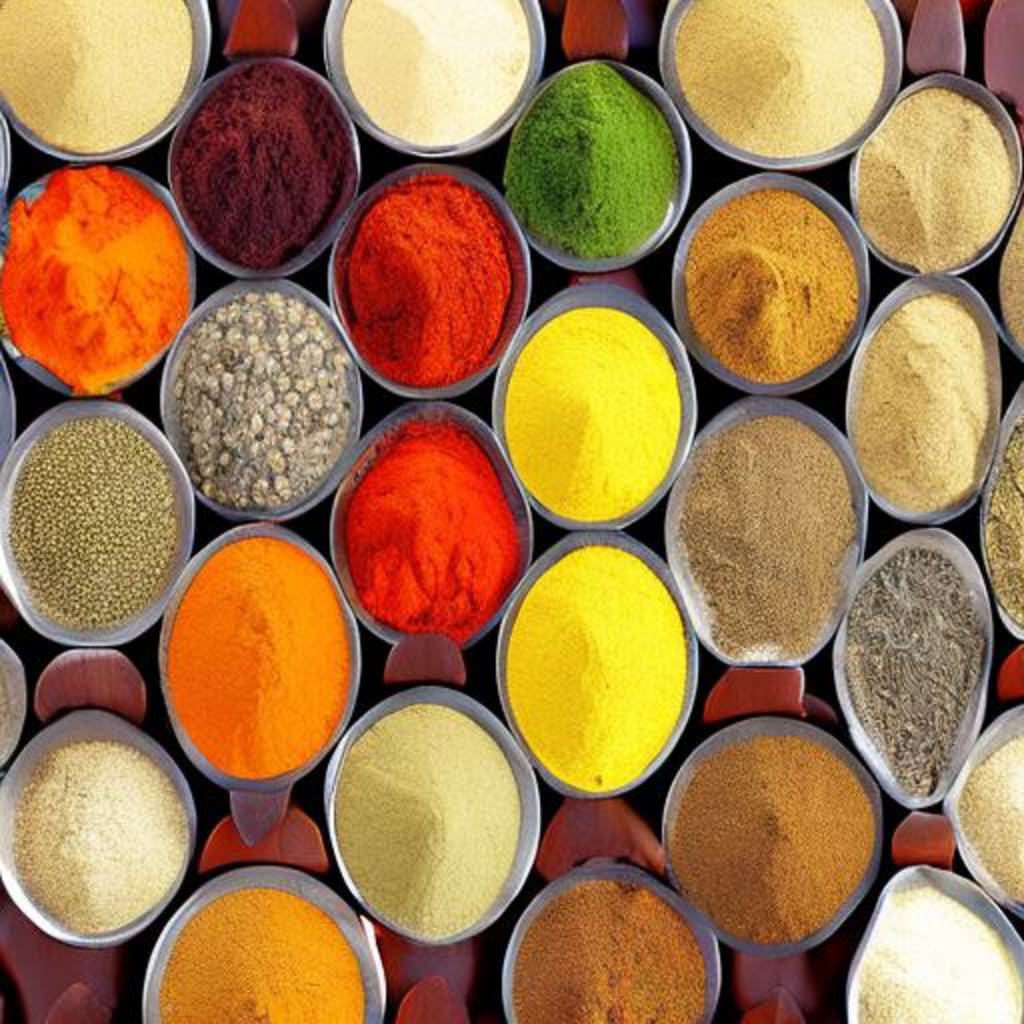The Flavorful History and Science Behind Culinary Spices
Usefulness of spices

Ever contemplated the fascinating diversity in culinary preparations across different regions? The multitude of factors influencing these variations range from cultural traditions, personal flavor preferences, to the availability of local ingredients. The use of spices in cooking has played a pivotal role throughout human history, contributing to survival and much more. Let's delve into this aromatic journey and unlock the flavorful wisdom behind it.
When we talk about "spices," it's more than just about heat; it encompasses an array of aromatic plants and their seeds. Interestingly, the prevalence of spices differs greatly in recipes from regions far from the equator compared to those nearer. Even though northern countries have access to a plethora of herbs and vegetables, warm climates tend to incorporate more spices into their culinary creations. This intuitive observation leads us to question why equatorial regions hold spice in such high regard.
The significance of spices transcends the realm of the kitchen, extending into aspects of commerce and culture. A historical example of this is the siege of Rome in 408 BC, where Alarich, the Gothic leader, demanded a hefty ransom of 3000 lbs. of pepper. Spices have been found in Neolithic graves, hinting at their value beyond the grave by aiding in body preservation. The roots of spice usage in cooking stretch back to 6,000-year-old pottery, which contained traces of garlic-mustard, a plant with minimal nutritional value. Yet, spices offer more than just their captivating scents and storied past; they possess a remarkable ability to combat bacteria.
Phytochemicals, present in plant tissues, contribute to both flavor and defense mechanisms. These chemicals, aimed at repelling insects and microbes, can also impede bacterial growth in our food. An intriguing revelation is that the top 30 spices commonly used in recipes worldwide exhibit antibacterial properties, often targeting the very bacteria responsible for foodborne illnesses. This knowledge becomes particularly significant in preventing the rapid buildup of bacterial populations in uncooked and cooked meat dishes stored at room temperature. The spice choices in regions with faster food spoilage tend to be rich in bacteria-fighting elements.
While geography usually influences spice preferences, exceptions exist. Neighboring countries like Japan and Korea, despite sharing similar climates, display divergent spice habits. Historical context plays a role, with traditional Japanese recipes relying on fresher and local produce, thus reducing the need for extensive spice use. In contrast, Korean cuisine leans toward more spices due to the preservation requirements of their meat-based dishes. Theories even speculate that spice consumption in hot climates aids in cooling the body through increased perspiration.
Interestingly, the idea that spices were used to mask the taste and odor of spoiled meat before refrigeration is debunked by their true purpose of preserving fresh meat. These historical practices, tinged with an air of mystique, have led to their inclusion in folklore and even witchcraft. Combining ancient traditions with modern scientific understanding has brought forth fascinating discoveries. Compounds derived from cinnamon bark have been employed to combat bacterial infections, and experiments involving rosmarinic acid have shown its ability to reduce carcinogens in cooked meat.
As we continue to blend historical insights with contemporary knowledge, a new era of plant-inspired medicine beckons. However, as with any scientific field, the fine line between credible research and unfounded claims must be carefully navigated. Amidst the haze of information, it's essential to approach extravagant spice assertions with a hint of skepticism. Much like the Renaissance of yore, where groundbreaking ideas mingled with misconceptions, our exploration of spices is a journey filled with both genuine revelations and potential pseudo-science.
Unraveling the precise origins of our spice usage remains a tantalizing puzzle, considering the intricate interplay of taste, tradition, and medicinal properties. The global dissemination of local culinary practices continues to reshape our gastronomic landscape, with recipes passed down through generations, sometimes veiling their true origins. Whether driven by an innate sense of flavor, cultural heritage, health benefits, or a combination of these factors, our evolutionary history has gifted us a delectable tapestry of knowledge, where the reins of microbial control are intertwined with the allure of spices.





Comments
There are no comments for this story
Be the first to respond and start the conversation.